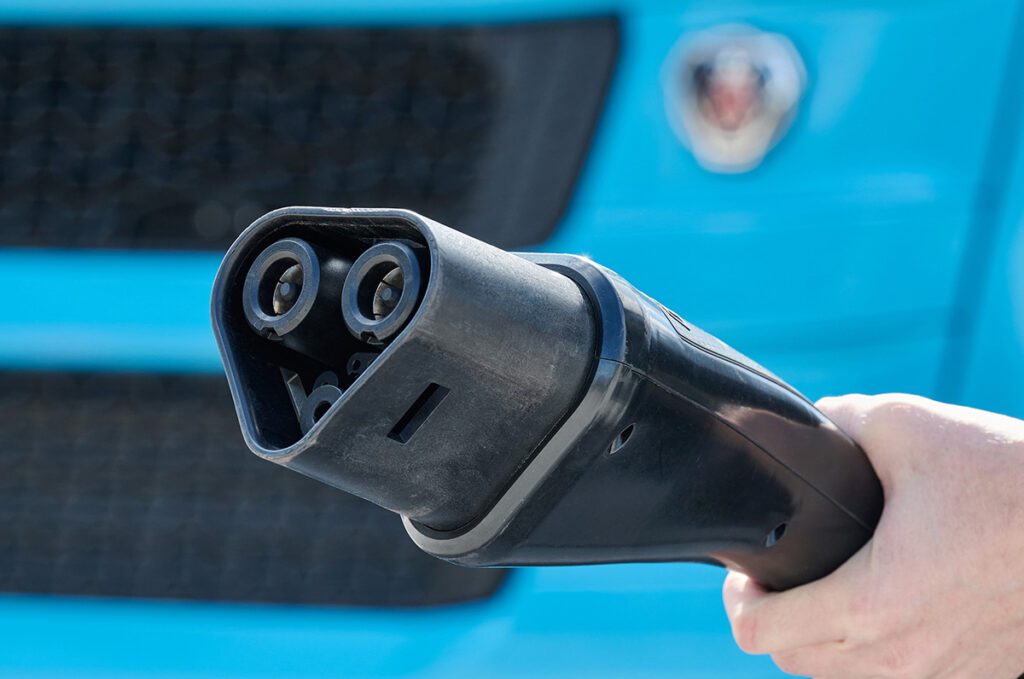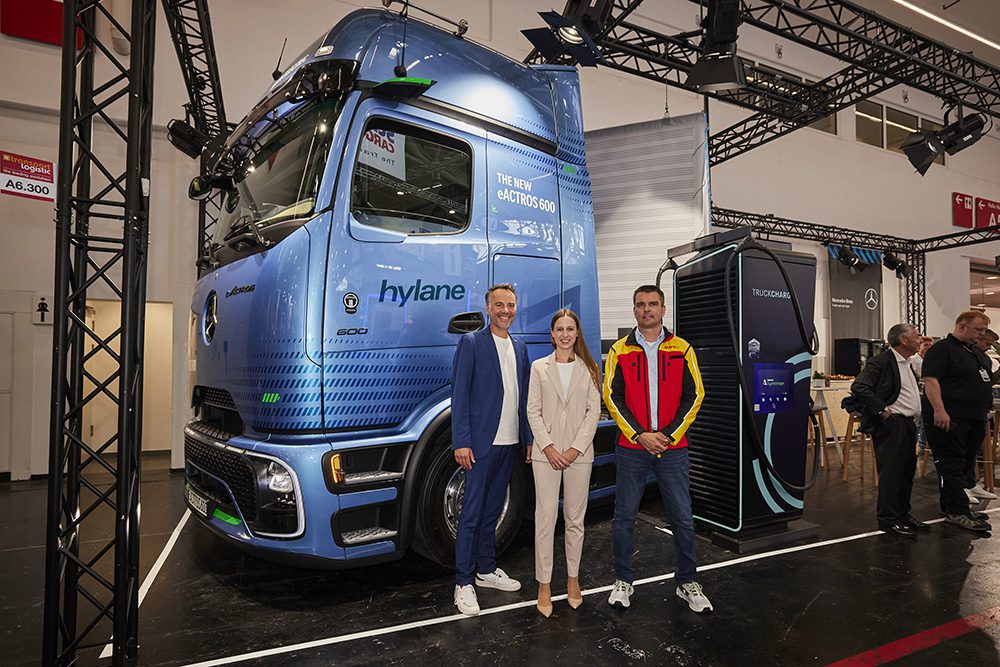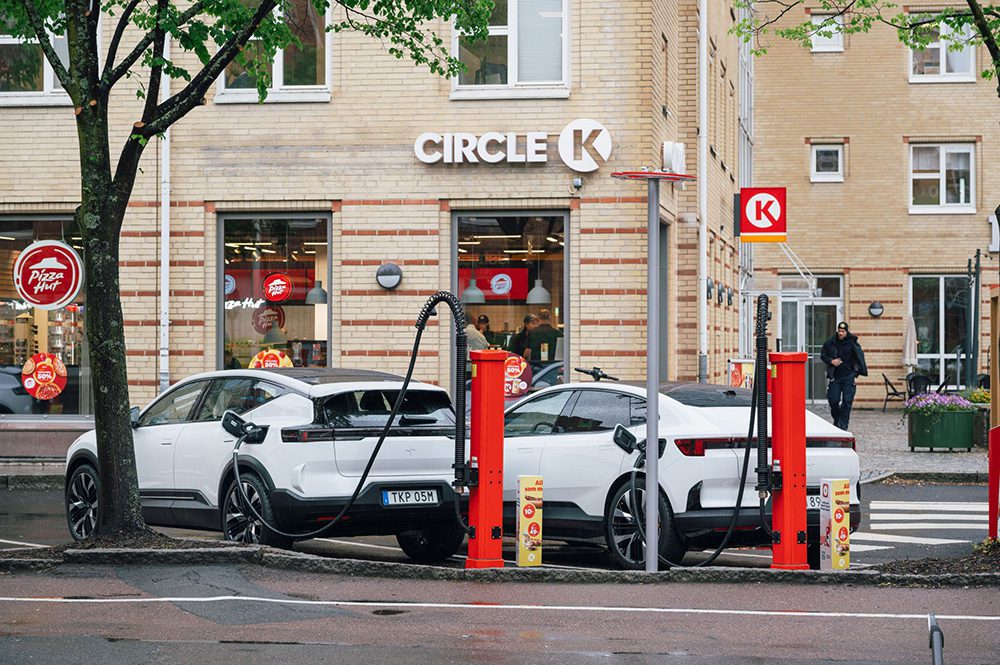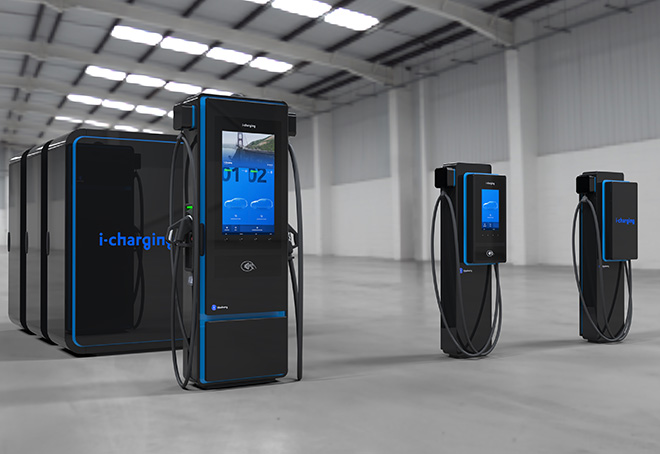Vehicle-to-grid (V2G) technology is seen as a potentially valuable resource for balancing electrical grids and facilitating the use of renewable energy. However, a new study by a team at the University of Hawaii suggests that the additional cycling to discharge vehicle batteries to the grid is detrimental to battery performance.
In “Durability and reliability of electric vehicle batteries under electric utility grid operations: Bidirectional charging impact analysis,” published in the Journal of Power Sources, Matthieu Dubarry and colleagues write that using battery packs to discharge power to the grid could shorten their useful lifetimes to less than five years. However, the researchers found that delaying the grid-to-vehicle charge in order to reduce the impact on the power grid had a negligible impact on the cells.
“The potential of using EV battery capacity for grid storage has been the subject of much discussion in recent years, but few studies have tested grid impact on EV battery degradation,” write Dubarry and his team. “Understanding the real impact of bidirectional charging on batteries is essential to weigh their viability as a grid support service.”
“V2G will induce more usage of the cells by discharging to the power grid and having to recharge the battery again for transportation. Controlled [grid-to-vehicle charging], on the other hand, will allow the cells to rest at a different state of charge compared with charging immediately upon arrival, and therefore might induce a different calendar aging. Since battery degradation is path-dependent, any changes in usage can lead to different degradation mechanisms and drastically influence the reliability of the batteries.”
The Hawaii team performed laboratory testing on Panasonic 18650 NCA batteries. They investigated the effects of V2G/G2V combined with different charging schedules (1 or 2 charges a day, immediate or delayed charging) and different charging currents (Level 2 or fast charging). The effect of calendar aging at different temperatures was also investigated in a second set of experiments.
The team concluded that a V2G step twice a day increased battery capacity loss by 75% and resistance by 10%. This step once a day accelerated capacity loss by 33% and resistance by 5%. Forecasts based on the measurement results indicated that V2G implementation would decrease the lifetime of the battery packs to under 5 years.
The team also found that calendar aging influenced the cells little enough that it was beneficial to charge the cells twice a day instead of once. Charging twice per day resulted in 5% less capacity loss and similar resistance increase, compared to once per day.
Source: Journal of Power Sources via Green Car Congress












































































































